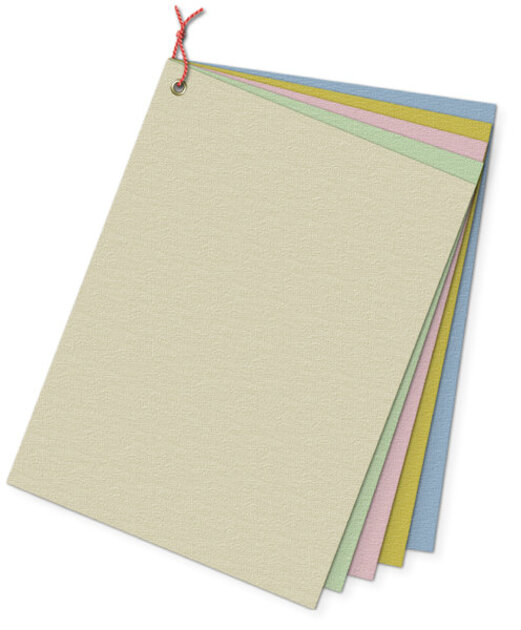
Our Gemara on Amud Aleph quotes verse in Koheles (4:12):
“A threefold twine does not quickly snap.”
The basic idea is that something threefold and intertwined has tensile strength that is beyond any single strand. There are numerous aggados that utilize this truth about material and physical properties and apply them to the spiritual. Our Gemara suggests that when there are three generations of Torah study in a family, it becomes securely embedded within the lineage, and there will always be Torah study within that bloodline. Likewise, Gemara Menachos (53b) states:
Rabbi Eliezer ben Ya’akov says: Anyone who has phylacteries on his head, phylacteries on his arm, ritual fringes on his garment, and a mezuza on his doorway is strengthened from all sides so that he will not sin, as it is stated in the verse: “And a threefold cord is not quickly broken” (Ecclesiastes 4:12). This is interpreted as an allusion to the three mitzvos of phylacteries, ritual fringes, and mezuzah. And the verse states: “The angel of the Lord encamps round about them that fear Him, and delivers them” (Psalms 34:8). This is interpreted to mean that the angel of the Lord surrounds those who fulfill the mitzvos and saves them from sin.
When a pattern repeats itself, both within nature and the physical world and spirituality, it must be an extremely deep and fundamental truth which resonates across the dimensions. Elsewhere, I commented that the risk/reward ratio is a constant truth in every aspect of life from the spiritual to the physical. That is, the more you risk the greater chance you are to receive, and the less you risk the lesser your chances. It doesn’t matter if you’re talking about emotional vulnerability in relationships, spiritual striving, or investing in the stock market, the risk/reward ratio holds constant. Similarly, the principle of something threefold being more durable than any of the individual components is one of those truths that run across all dimensions of existence
Be'er Mayim Chaim, (Shemos 23:26) makes a beautiful point about the teaching from Gemara Menachos above. How could the sages sweepingly assert that anyone who has Talis, Tefilin and Mezuzah will be saved from sin? Don’t we see every day people who religiously observe these commandments and other ways can still be transgressors and morally deficient? he says, if you pay attention to the literal, Hebrew phrase, the answer is evident. It does not say, “tefilin, mezuzah and tzitzis ON the head, doorway, and garment.” It actually uses the Hebrew prefix “Bais”, which means literally inside (the actual Hebrew letter Beis is a pictograph of a bayis, which is a house. That is to say, something that has an inside.) Therefore one can translate the statement from the Gemara as, “Anyone who has tefilin, mezuzah and tzitzis IN the head, doorway, and garment.” He says, wearing tefilin, tzitzis or mezuzah without the intent of actually taking in the meaning of accepting the yoke of heaven and the commandments is as useless as having them sit in your drawer. These items are not described as “on”, but instead “in“. Because the person who internalizes the messages is the one who is saved from sin.
Translations Courtesy of Sefaria, except when, sometimes, I disagree with the translation ![]()
If you liked this, you might enjoy my Relationship Communications Guide. Click on the link above.
Rabbi Simcha Feuerman, Rabbi Simcha Feuerman, LCSW-R, DHL is a psychotherapist who works with high conflict couples and families. He can be reached via email at simchafeuerman@gmail.com
 Previous
Previous

